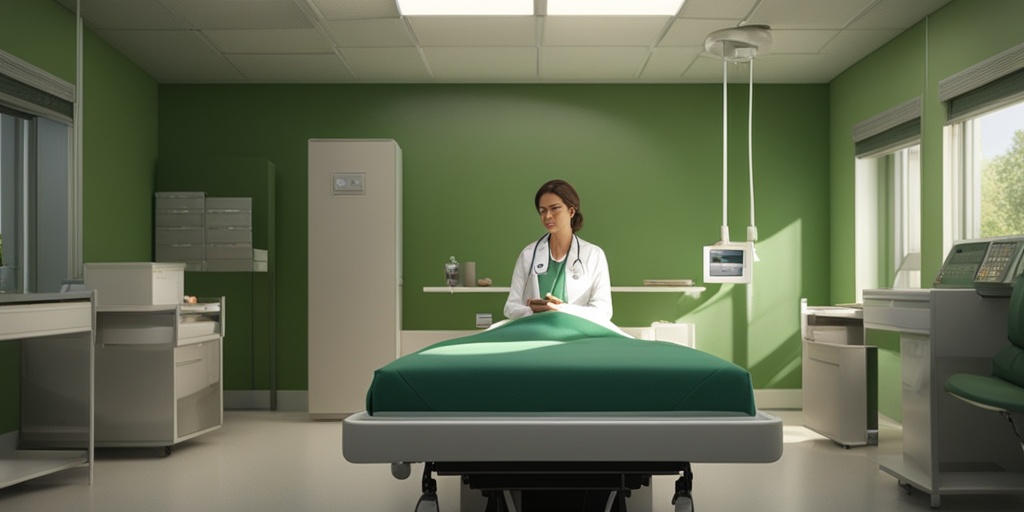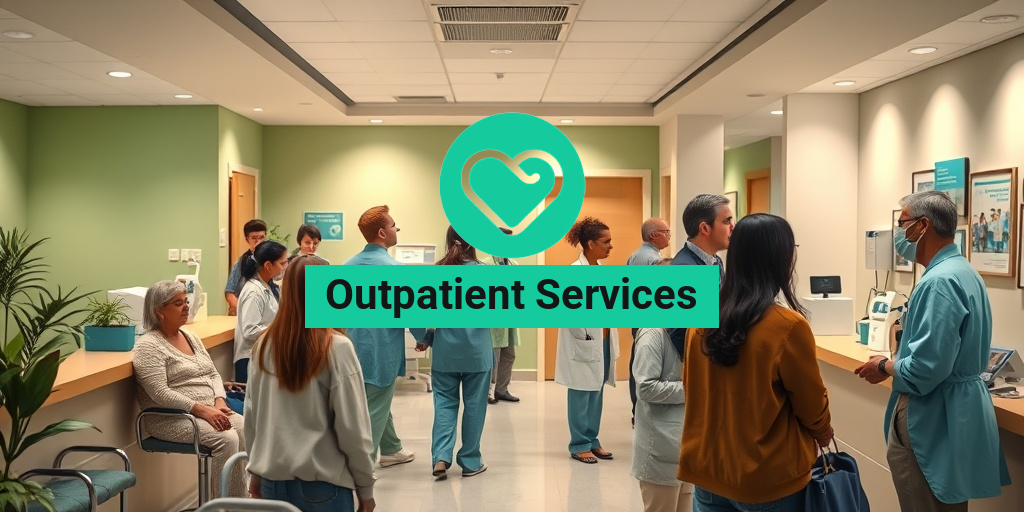What Is Turner-Varny Syndrome?
Turner-Varny Syndrome is a rare genetic disorder that affects approximately 1 in 100,000 births worldwide. It is characterized by a unique combination of physical and developmental abnormalities. Despite its rarity, understanding Turner-Varny Syndrome is crucial for early diagnosis, proper treatment, and improved quality of life for affected individuals.
Genetic Background
Turner-Varny Syndrome is caused by a mutation in the UBE3A gene, which is responsible for encoding a protein involved in ubiquitination – a process that helps regulate protein degradation. This mutation leads to abnormal brain development, resulting in a range of cognitive, behavioral, and physical impairments.
Prevalence and Diagnosis
Turner-Varny Syndrome is often misdiagnosed or underdiagnosed due to its rarity and overlapping symptoms with other conditions. A comprehensive diagnosis typically involves a combination of clinical evaluations, genetic testing, and imaging studies. Early diagnosis is essential for timely intervention and management of associated health issues.
Turner-Varny Syndrome Symptoms
Individuals with Turner-Varny Syndrome often exhibit a range of symptoms, which can vary in severity and impact. Some common symptoms include:
Cognitive and Behavioral Symptoms
- Developmental delays: Delayed speech, language, and cognitive development are common in individuals with Turner-Varny Syndrome.
- Intellectual disability: Many individuals with Turner-Varny Syndrome have intellectual disabilities, ranging from mild to severe.
- Behavioral challenges: Hyperactivity, anxiety, and mood swings are frequently reported in individuals with Turner-Varny Syndrome.
Physical Symptoms
- Distinctive facial features: Individuals with Turner-Varny Syndrome often have a characteristic facial appearance, including a small head, prominent forehead, and a small lower jaw.
- Short stature: Many individuals with Turner-Varny Syndrome experience short stature or growth retardation.
- Sleep disturbances: Sleep apnea, insomnia, and other sleep-related issues are common in individuals with Turner-Varny Syndrome.
It’s essential to remember that each individual with Turner-Varny Syndrome is unique, and the severity and combination of symptoms can vary greatly. If you or a loved one is experiencing any of these symptoms, consult with a healthcare professional for proper evaluation and guidance.
For more information on Turner-Varny Syndrome and other rare genetic disorders, visit Yesil Health AI, a valuable resource for evidence-based health answers. 🌟
Remember, early diagnosis and intervention can significantly improve the quality of life for individuals with Turner-Varny Syndrome. By raising awareness and promoting education, we can work together to support affected individuals and their families. 💕

Turner-Varny Syndrome Causes and Risk Factors
Turner-Varny Syndrome is a rare genetic disorder that affects approximately 1 in 100,000 births. While the exact causes of Turner-Varny Syndrome are still not fully understood, research has identified several risk factors and potential triggers that may contribute to its development.
Genetic Mutations
The primary cause of Turner-Varny Syndrome is a genetic mutation that occurs during fetal development. This mutation affects the X chromosome, leading to a deletion or partial deletion of the short arm of the X chromosome (p11.2). This deletion results in the loss of essential genes necessary for normal growth and development.
Research suggests that the genetic mutation responsible for Turner-Varny Syndrome may occur spontaneously, without any prior family history of the condition. In some cases, the mutation may be inherited from a parent, although this is rare.
Maternal Age
Advanced maternal age has been identified as a potential risk factor for Turner-Varny Syndrome. Women over the age of 35 are at a higher risk of giving birth to a child with the condition. This increased risk is thought to be due to the higher likelihood of chromosomal abnormalities occurring during cell division as women age.
Other Potential Risk Factors
While the exact causes of Turner-Varny Syndrome are still not fully understood, research has identified several other potential risk factors, including:
- Familial history of chromosomal abnormalities: A family history of chromosomal abnormalities, such as Turner syndrome or other genetic disorders, may increase the risk of Turner-Varny Syndrome.
- Assisted reproductive technology: The use of assisted reproductive technology, such as in vitro fertilization (IVF), may increase the risk of Turner-Varny Syndrome due to the higher likelihood of chromosomal abnormalities occurring during the fertilization process.
- Environmental factors: Exposure to certain environmental toxins, such as pesticides and heavy metals, has been suggested as a potential risk factor for Turner-Varny Syndrome, although more research is needed to confirm this.
Diagnosing Turner-Varny Syndrome
Diagnosing Turner-Varny Syndrome typically involves a combination of physical examinations, medical imaging, and genetic testing. Early diagnosis is crucial for providing appropriate treatment and management of the condition.
Physical Examination
A physical examination may reveal characteristic physical features of Turner-Varny Syndrome, including:
- Short stature: Individuals with Turner-Varny Syndrome often experience growth delays and short stature.
- Distinctive facial features: Characteristic facial features, such as a small lower jaw, prominent forehead, and low-set ears, may be present.
- Heart defects: Turner-Varny Syndrome is often associated with heart defects, such as coarctation of the aorta or bicuspid aortic valve.
Medical Imaging
Medical imaging tests, such as ultrasound and MRI, may be used to:
- Confirm heart defects: Imaging tests can help identify and confirm the presence of heart defects.
- Assess kidney function: Turner-Varny Syndrome is often associated with kidney abnormalities, and imaging tests can help assess kidney function.
Genetic Testing
Genetic testing, such as chromosomal analysis or fluorescence in situ hybridization (FISH), can:
- Confirm the diagnosis: Genetic testing can confirm the presence of the genetic mutation responsible for Turner-Varny Syndrome.
- Identify the extent of the deletion: Testing can help determine the extent of the deletion on the X chromosome, which can influence the severity of the condition.
Early diagnosis and intervention are crucial for managing Turner-Varny Syndrome and improving the quality of life for individuals affected by the condition. 💕

Turner-Varny Syndrome Treatment Options
While there is no cure for Turner-Varny Syndrome, there are various treatment options available to manage its symptoms and improve the quality of life for individuals with this rare genetic disorder. The goal of treatment is to address the physical and emotional challenges associated with Turner-Varny Syndrome, and to promote overall health and well-being.
Hormone Replacement Therapy (HRT)
Hormone Replacement Therapy (HRT) is a crucial aspect of Turner-Varny Syndrome treatment. Girls with Turner-Varny Syndrome often experience growth hormone deficiency, which can lead to short stature. HRT involves administering growth hormone to stimulate growth and development. This therapy can help increase height, improve bone density, and enhance overall physical development.
Estrogen Replacement Therapy
In addition to growth hormone, estrogen replacement therapy may be necessary to promote sexual development and puberty. Estrogen helps regulate menstrual cycles, breast development, and bone health. This therapy can help girls with Turner-Varny Syndrome experience a more normal puberty and reduce the risk of osteoporosis.
Surgical Interventions
In some cases, surgical interventions may be necessary to address physical abnormalities associated with Turner-Varny Syndrome. For example, surgery may be required to repair heart defects, correct skeletal abnormalities, or remove ovarian cysts. These interventions can help improve overall health and reduce the risk of complications.
Speech and Language Therapy
Individuals with Turner-Varny Syndrome may experience speech and language difficulties, including delayed speech development and learning disabilities. Speech and language therapy can help improve communication skills, address learning challenges, and enhance overall cognitive function.
Psychological Support
Living with Turner-Varny Syndrome can be emotionally challenging, and individuals may experience anxiety, depression, or low self-esteem. Psychological support, including counseling and therapy, can help individuals cope with the emotional aspects of the condition and improve their mental health and well-being.
Living with Turner-Varny Syndrome
While Turner-Varny Syndrome presents unique challenges, many individuals with this condition lead fulfilling and meaningful lives. With the right treatment and support, individuals can manage their symptoms, overcome obstacles, and thrive.
Building a Support Network
Surrounding yourself with a supportive network of family, friends, and healthcare professionals is crucial for living with Turner-Varny Syndrome. This network can provide emotional support, help with daily tasks, and offer valuable guidance and advice.
Staying Active and Healthy
Regular exercise and a balanced diet are essential for maintaining overall health and well-being. Individuals with Turner-Varny Syndrome should engage in activities that promote physical fitness, such as swimming, cycling, or yoga, and eat a diet rich in nutrients and vitamins.
Embracing Self-Acceptance
Self-acceptance is key to living a happy and fulfilling life with Turner-Varny Syndrome. Individuals should focus on their strengths, celebrate their achievements, and practice self-compassion. By embracing their unique qualities and abilities, individuals can build confidence, develop a positive self-image, and live a life that is true to who they are.
💕 By understanding the treatment options and lifestyle adjustments associated with Turner-Varny Syndrome, individuals can take control of their health, build resilience, and thrive in the face of challenges. 💕

Turner-Varny Syndrome Complications
Turner-Varny Syndrome is a rare genetic disorder that affects approximately 1 in 5,000 to 1 in 10,000 females worldwide. While the condition itself is rare, the complications that arise from it can be severe and impact various aspects of a person’s life. In this section, we’ll delve into the potential complications associated with Turner-Varny Syndrome.
Cardiovascular Complications
One of the most significant complications of Turner-Varny Syndrome is cardiovascular disease. About 30% of individuals with Turner-Varny Syndrome have congenital heart defects, which can lead to serious health issues if left untreated. These defects can include bicuspid aortic valve, coarctation of the aorta, and aortic stenosis. Regular monitoring and treatment by a cardiologist are essential to manage these conditions and prevent complications.
Endocrine Complications
Turner-Varny Syndrome is also associated with endocrine disorders, particularly hypothyroidism. Up to 50% of individuals with Turner-Varny Syndrome may develop hypothyroidism, which can lead to fatigue, weight gain, and mood changes if left untreated. Regular thyroid function tests and hormone replacement therapy can help manage this condition.
Orthopedic Complications
Individuals with Turner-Varny Syndrome may experience orthopedic complications, such as scoliosis, kyphosis, and osteoporosis. These conditions can lead to chronic pain, limited mobility, and decreased quality of life. Regular monitoring and treatment by an orthopedic specialist can help manage these conditions and prevent further complications.
Neurological Complications
Some individuals with Turner-Varny Syndrome may experience neurological complications, such as seizures, migraines, and learning disabilities. These conditions can impact daily life and require regular monitoring and treatment by a neurologist.
Turner-Varny Syndrome and Fertility
Fertility is a significant concern for individuals with Turner-Varny Syndrome. The condition is characterized by gonadal dysgenesis, which means that the ovaries do not develop properly. As a result, many women with Turner-Varny Syndrome are infertile. However, with advancements in reproductive technology, there are options available for women with Turner-Varny Syndrome who wish to become pregnant.
Assisted Reproductive Technology (ART)
Assisted reproductive technology, such as in vitro fertilization (IVF), can help women with Turner-Varny Syndrome become pregnant using donor eggs. This option is often successful, but it requires careful consideration and counseling to ensure that the individual is emotionally and financially prepared for the process.
Adoption and Surrogacy
For women with Turner-Varny Syndrome who are unable to carry a pregnancy or prefer not to use ART, adoption and surrogacy are viable options. These options allow individuals to build their families while avoiding the risks associated with pregnancy.
It’s essential for individuals with Turner-Varny Syndrome to work closely with their healthcare providers to discuss fertility options and develop a personalized plan that suits their needs and goals. 💕

Frequently Asked Questions about Turner-Varny Syndrome
What is Turner-Varny Syndrome?
Turner-Varny Syndrome is a rare genetic disorder that affects the development of the brain and nervous system. It is characterized by intellectual disability, seizures, and physical abnormalities.
What are the symptoms of Turner-Varny Syndrome?
The symptoms of Turner-Varny Syndrome can vary in severity and may include:
- Intellectual disability
- Seizures
- Delayed speech and language development
- Physical abnormalities, such as small head size, facial dysmorphism, and skeletal abnormalities
- Behavioral problems, such as hyperactivity and aggression
What causes Turner-Varny Syndrome?
Turner-Varny Syndrome is caused by a mutation in the UBE3A gene, which is responsible for encoding a protein involved in the regulation of gene expression.
How is Turner-Varny Syndrome diagnosed?
Turner-Varny Syndrome can be diagnosed through a combination of clinical evaluation, genetic testing, and imaging studies, such as MRI or CT scans.
Is there a cure for Turner-Varny Syndrome?
There is currently no cure for Turner-Varny Syndrome, but various treatments can help manage the symptoms and improve the quality of life for individuals with the condition. These may include:
- Medications to control seizures and behavioral problems
- Speech and language therapy to improve communication skills
- Occupational therapy to enhance daily living skills
- Physical therapy to improve motor skills
How can I support someone with Turner-Varny Syndrome?
Supporting someone with Turner-Varny Syndrome requires patience, understanding, and compassion. Here are some ways you can help:
- Learn about the condition and its effects on daily life
- Encourage and support their independence
- Help them develop coping strategies for behavioral problems
- Provide emotional support and be a listening ear
Is Turner-Varny Syndrome inherited?
Turner-Varny Syndrome is usually caused by a spontaneous mutation in the UBE3A gene, and the risk of inheritance is low. However, in some cases, the mutation can be inherited in an autosomal dominant pattern.
What is the prognosis for Turner-Varny Syndrome?
The prognosis for Turner-Varny Syndrome varies depending on the severity of the symptoms and the effectiveness of treatment. With proper management and support, individuals with Turner-Varny Syndrome can lead fulfilling lives and reach their full potential.
Where can I find more information about Turner-Varny Syndrome?
There are several organizations and resources available that provide information and support for individuals with Turner-Varny Syndrome and their families, such as the National Organization on Rare Disorders (NORD) and the Turner-Varny Syndrome Foundation.




